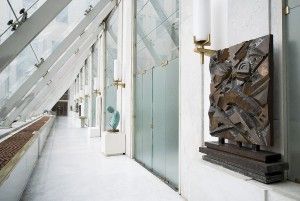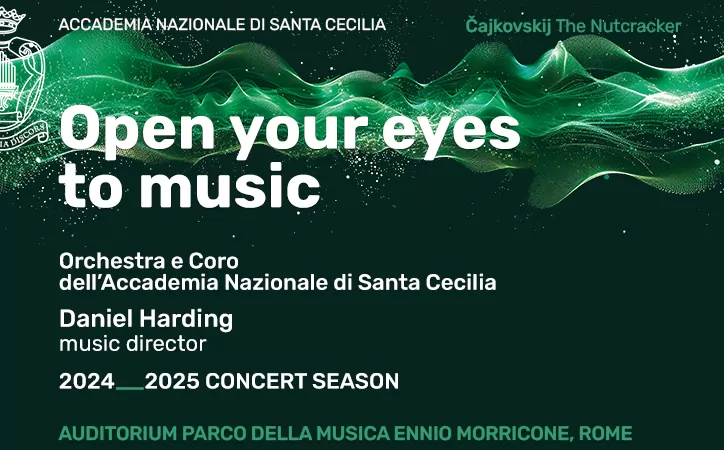Farnesina opens its contemporary art to the public.
Italy’s foreign affairs ministry at Palazzo della Farnesina opens its doors from 17-22 December, between 09.00 and 16.00, putting its significant art collection on free public display.
The open days are part of the Farnesina Porte Aperte initiative which began in 2000, to underline the importance of art as “an instrument of cultural diplomacy.” Those wishing to visit must register in advance via the ministry’s website but it is best to do so quickly as tours are booking up fast.
The principal theme of this edition is the celebration of the 70th anniversary of the United Nations and Italy's 60 years in the UN, which is highlighted in an exhibition of archive material including letters, telegrams, speeches and photographs.
The art tour concentrates on the history of the Palazzo della Farnesina and its art collection which includes works by artists such as Carla Accardi, Alberto Burri, Piero Dorazio, Gastone Novelli, Michelangelo Pistoletto and Pietro Ruffo. The foreign ministry is now Italy’s public building with the highest number of works by Italian contemporary artists.
The Farnesina collection charts Italy’s principal 20th-century art movements including Art Nouveau, Futurism, Abstraction, Arte Povera, Transavanguardia and the Nuova Scuola Romana. Among the highlights are notable paintings by major exponents of Italian Futurism such as Giacomo Balla and Umberto Boccioni, as well as the metaphysical paintings of Giorgio De Chirico.
Many of the paintings, sculptures, mosaics and installations adorning the walls of the 1,320 room-ministry were collected under the guidance of Maurizio Calvesi, one of the leading experts on modern Italian art. Most of the works are temporary loans made available by the artists themselves – as well as by museums, foundations and collectors – allowing the art on display to be alternated regularly.
Located on the site of the former Farnese botanical gardens, in the Foro Italico area between Monte Mario and the river Tiber, Palazzo della Farnesina was originally designed in 1935 as the headquarters of Mussolini’s National Fascist Party. The building is characterised by the fascist iconography and symmetrical architecture so prevalent in Italy’s public buildings of the 1930s. Its construction was interrupted in 1943 by world war two, and since its completion in 1959 it has been the home of Italy’s foreign ministry.
Photos La Repubblica


















